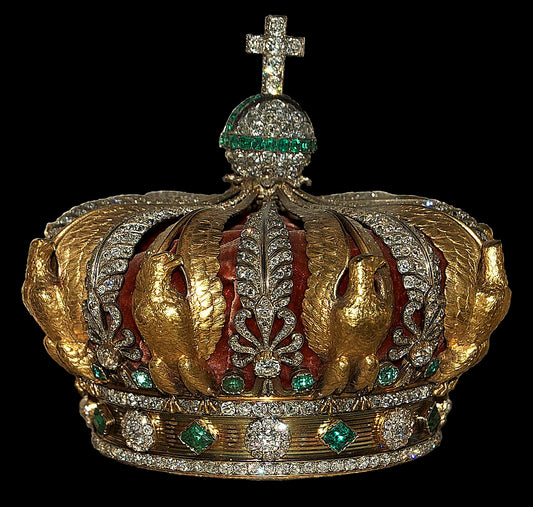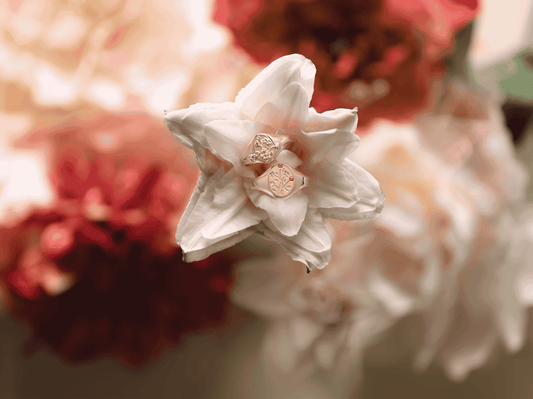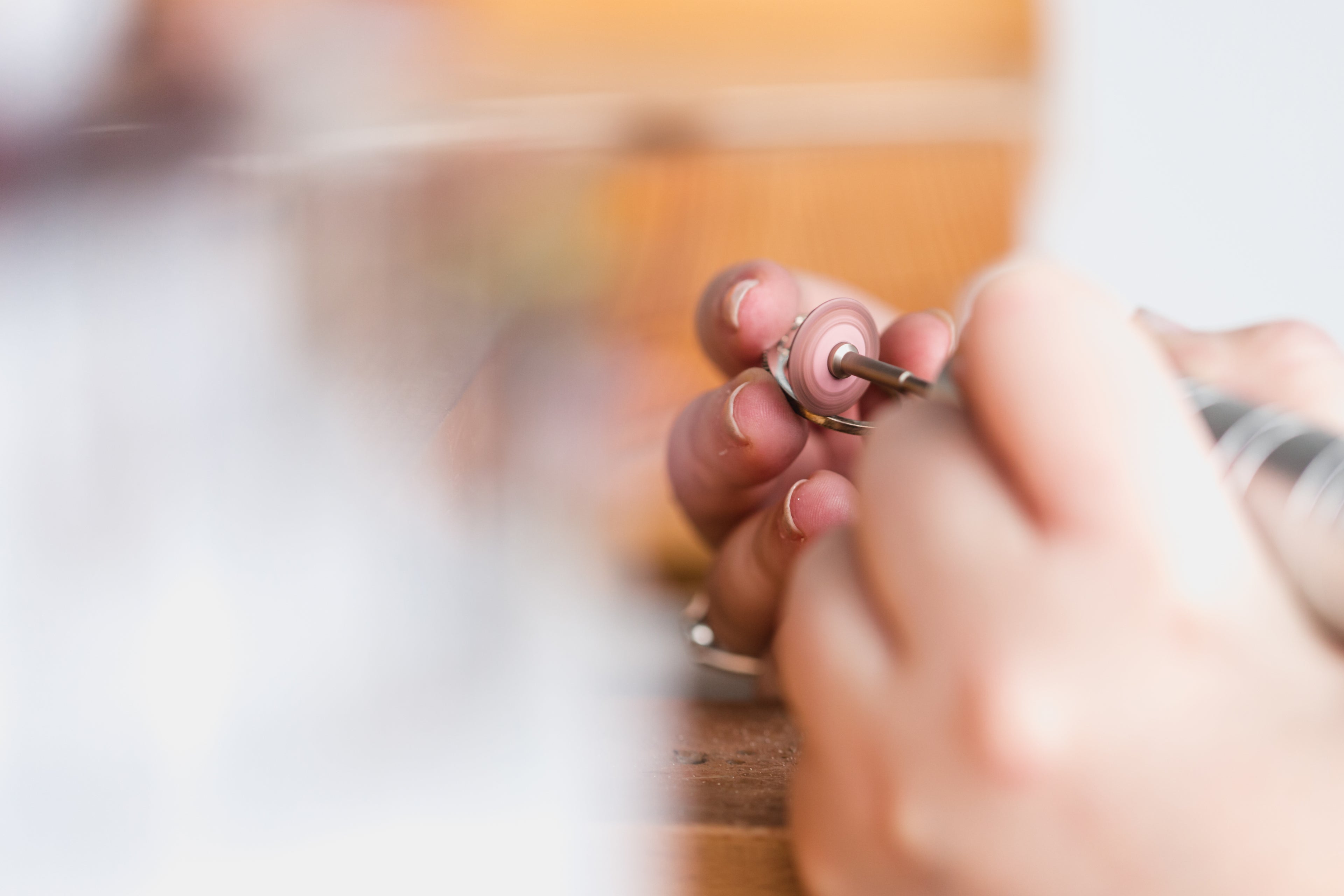Jewelry is more than just a fashion statement; it's an extension of your personality, a cherished heirloom, or a symbol of love and commitment. But over time, you may notice that your beloved pieces lose their sparkle and shine. This phenomenon is known as tarnishing, and it's a common issue that many jewelry owners face. In this comprehensive guide, we'll explore what causes jewelry to tarnish, why it's unavoidable for certain metals, and how you can prevent and treat it.
What Causes Jewelry to Tarnish?
Tarnish is a form of corrosion that occurs when metals react with elements in the air or with substances on your skin. Oxygen, sulfur, and even moisture can cause tarnishing. The rate at which tarnishing occurs depends on the type of metal, the environmental conditions, and how the jewelry is cared for.
The Role of Body Chemistry
Your body chemistry can also play a significant role in how quickly your jewelry tarnishes. Factors like your skin's pH level, sweat, and even the lotions or perfumes you use can accelerate tarnishing. For example, if you have a more acidic pH level, you may find that sterling silver jewelry tarnishes more quickly when you wear it. Even changes in medications can cause some people's body chemistry to become more acidic, leading to tarnish.
Lifestyle Factors
Your daily habits can also contribute to tarnishing. Using certain products like hairspray, lotions, and perfumes while wearing your jewelry can speed up the tarnishing process. Even activities like bathing or swimming in chlorinated water can have an impact.
Why Tarnish is Unavoidable for Some Metals
Certain metals are more prone to tarnishing than others. Sterling silver, for instance, is notorious for tarnishing because it's an alloy made up of 92.5% silver and 7.5% other metals, often copper. The copper reacts with sulfur in the air, leading to tarnish. While you can slow down the tarnishing process, it's almost impossible to prevent it entirely for metals like sterling silver.
Gold and Platinum: The Untarnishable Duo
If you're looking for jewelry that won't tarnish, gold and platinum are your best bets. These metals are less reactive and do not tarnish over time, making them ideal choices for high-end jewelry. Gold's natural luster and platinum's durability make them popular choices for engagement rings and other significant pieces.
The Benefits of Rhodium Plating
Rhodium plating is another option to consider for maintaining a bright finish on your jewelry. This process involves coating the piece with a layer of rhodium, a precious metal that is resistant to tarnishing and scratching. However, it's worth noting that rhodium plating needs to be redone frequently, making it a higher-maintenance option.
How to Prevent Tarnish
Proper Storage
One of the most effective ways to prevent tarnish is by storing your jewelry correctly. Keep your pieces in a cool, dry place, away from direct sunlight. Use anti-tarnish strips or bags to provide extra protection.
Regular Cleaning
Clean your jewelry regularly using a soft cloth to remove any oils or substances that could contribute to tarnishing. For more thorough cleaning, consult with a professional jeweler to ensure that you're using the right products for your specific pieces.
How to Remove Tarnish
Consult a Jeweler Before Dipping
If your jewelry has already tarnished, one common method of removal is using a tarnish-removing dip. However, it's crucial to consult with a jeweler before dipping any piece, especially those with stones, as certain stones should NEVER be dipped (we're looking at you, pearls).
Polishing Cloth
A less abrasive method is using a specialized polishing cloth designed for jewelry. These cloths are usually impregnated with cleaning solutions and can effectively remove tarnish without damaging the metal.
Beware of Home Remedies
While the internet is full of home remedies like lemon juice baths or baking soda solutions, most of these methods are not effective and can even damage your jewelry. Always consult with a professional before attempting any DIY tarnish removal.
Conclusion
Tarnishing is an inevitable part of owning jewelry made from certain metals. However, understanding what causes tarnish and how to prevent it can go a long way in keeping your pieces looking their best. Whether you opt for tarnish-resistant metals like gold and platinum or decide to go the rhodium plating route, the key is regular care and maintenance. And when tarnish does occur, it's crucial to consult with a professional to ensure that you're taking the right steps to restore your jewelry's original luster.
By being proactive and informed, you can enjoy your beautiful pieces for years to come, making your jewelry not just an accessory, but a lasting treasure.
Need your own jewelry cleaning supplies? Get our cleaning system here.









